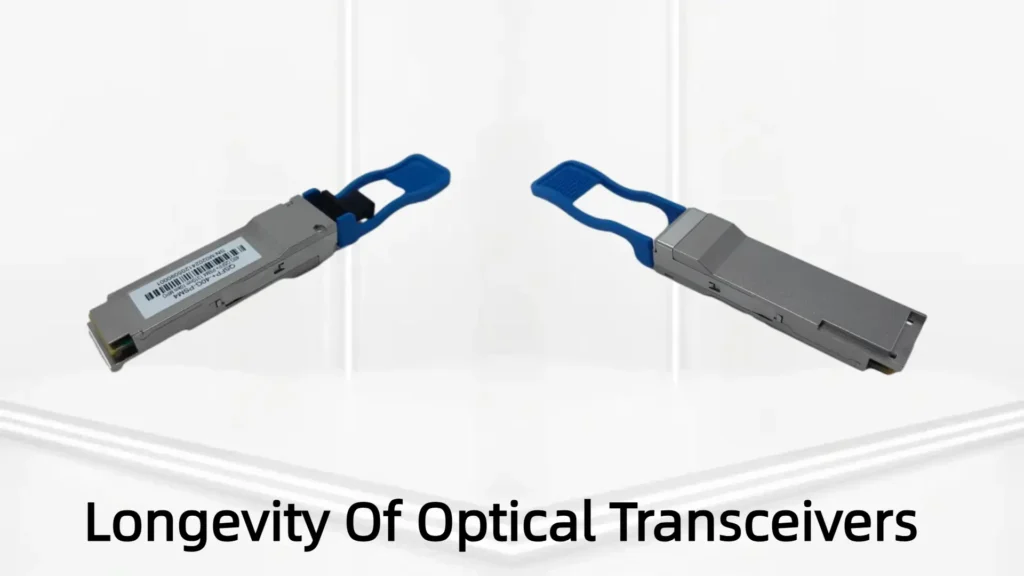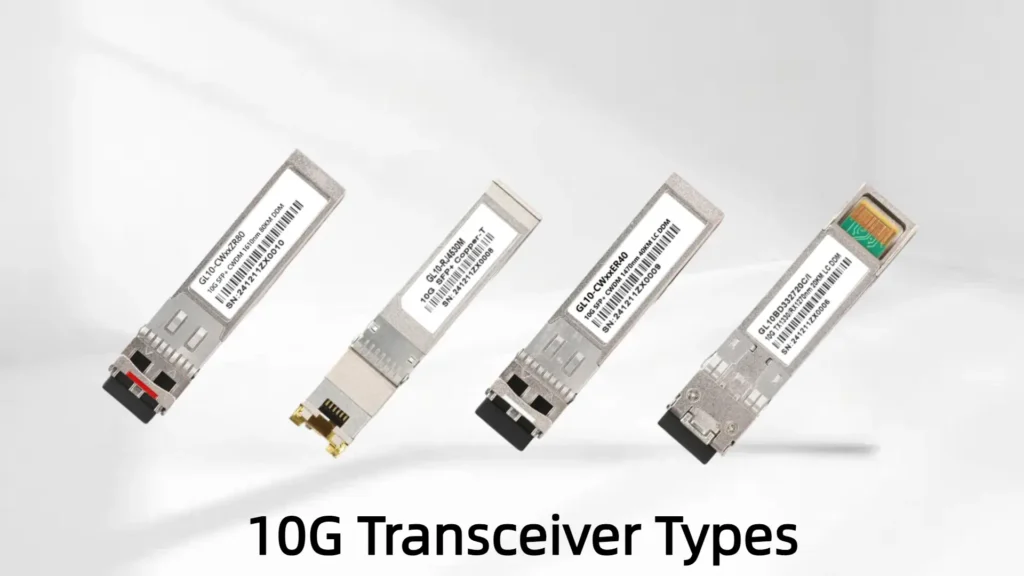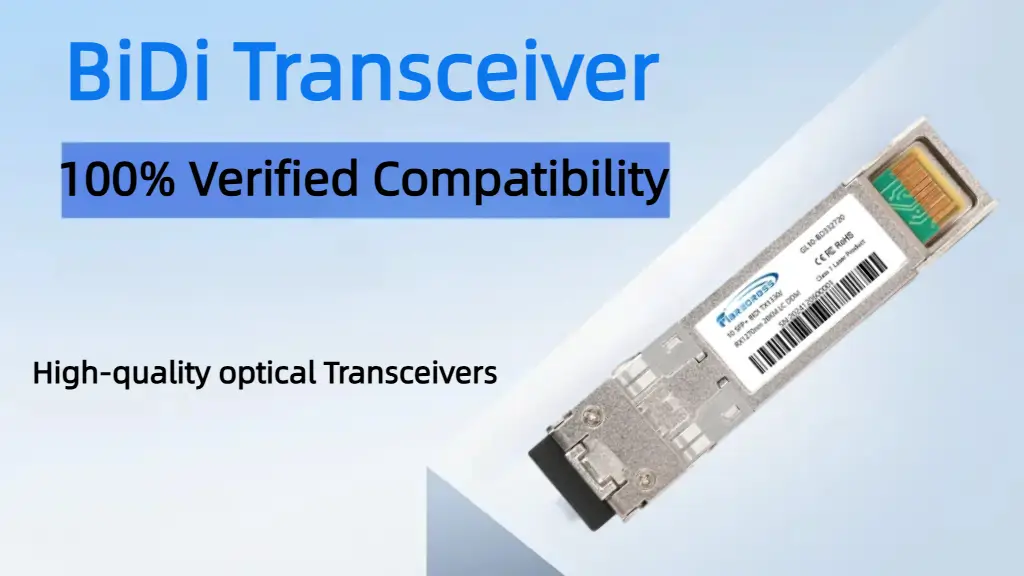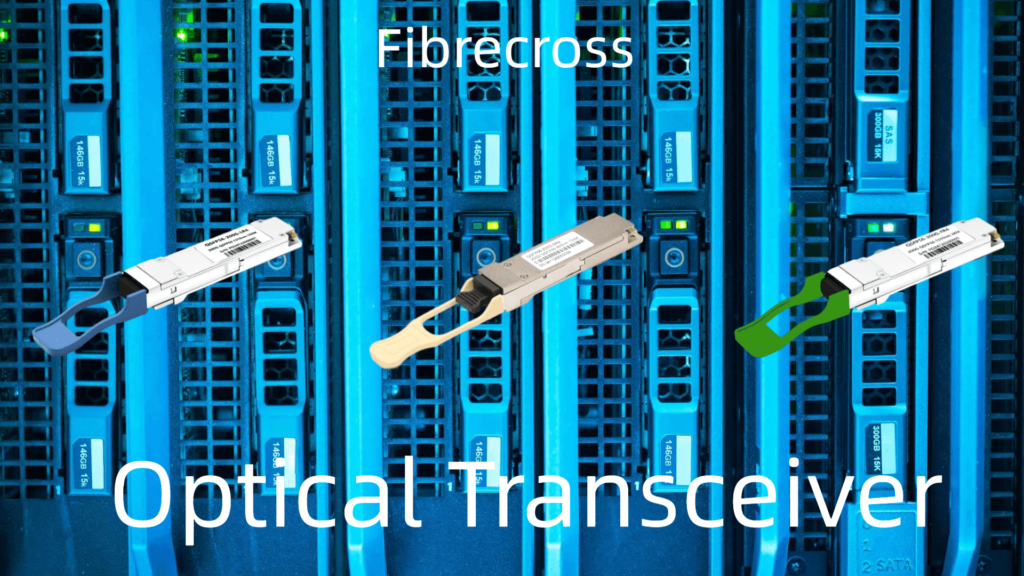How Do Optical Transceivers Work?: A Beginner Guide (2025)
In today’s high-speed world of networking, optical transceivers play an essential role in ensuring data transmission happens smoothly and efficiently. Whether in a data center, enterprise network, or telecom system, understanding how these small devices work can help optimize your network’s performance. This guide, presented by Fibrecross, will take you through the key principles of optical transceivers.
What Is an Optical Transceiver?
An optical transceiver is a device that allows for the transmission and reception of data over fiber optic cables. It works by converting electrical signals into optical signals (light) and then converting optical signals back into electrical signals on the receiving end. Essentially, these devices enable your network to communicate over long distances at high speeds, which is essential for modern communication systems.
Core Functions of Optical Transceivers
Transmitter (TX)
The transmitter is responsible for converting electrical signals from your device into optical signals. This is typically done using a laser diode (LD) or light-emitting diode (LED). The choice of light source depends on the transceiver type and required transmission distance. Fibrecross optical transceivers use high-performance laser components for long-range, high-accuracy transmission.
Receiver (RX)
On the receiving end, the receiver converts incoming optical signals back into electrical signals. It does this using a photodiode, which detects light and converts it into an electrical current. This enables devices to interpret and use the received data.
How Optical Transceivers Work in Real-World Applications
Imagine you’re running a high-performance data center. You have two switches that need to communicate across floors or between buildings. Here’s what happens:
The Fibrecross optical transceiver in Switch A converts electrical data into optical signals.
The optical signals are sent over fiber optic cables.
The Fibrecross transceiver in Switch B converts those optical signals back into electrical signals, enabling Switch B to interpret and forward the data.
This process happens seamlessly and at incredibly high speeds, making transceivers essential for modern networking.
Why Are Optical Transceivers Important?
Optical transceivers are crucial for modern networks because they enable the long-distance transmission of data over high-bandwidth, low-latency links. Whether you’re building out an enterprise backbone or a large-scale data center, the right optical transceiver, like those from Fibrecross, ensures you maintain performance, reliability, and scalability.
Key Features of Fibrecross Optical Transceivers
High Performance: Fibrecross optical transceivers offer a range of data rates, from 1Gbps to 400Gbps, making them suitable for any scale.
Compatibility: Our modules are fully compatible with top networking brands such as Cisco, HPE, and Juniper, ensuring seamless integration into your existing setup.
DOM (Digital Optical Monitoring): Keep track of key parameters like temperature, voltage, and power levels for proactive monitoring and maintenance.
Low Power Consumption: Fibrecross transceivers are designed for efficiency, reducing power usage while delivering optimal performance.
Final Thoughts
So, how do optical transceivers work? They act as the bridge between electrical and optical communication, converting signals as they pass through your network equipment. By understanding their function, you can make informed decisions about your network infrastructure.
At Fibrecross, we design transceivers that meet actual needs, including mainstream SFP, SFP+, QSFP, and custom fiber optic transceiver series. Whether you are upgrading an existing network or building a new one, our fiber optic solutions provide high performance, durability, and compatibility.


What Is the Lifespan of an Optical Transceiver?
Learn the typical lifespan of optical transceiver modules like SFP+, QSFP+, QSFP28, QSFP-DD, OSFP. Discover factors that affect durability, signs of failure.

10G Transceivers: Types, Distances & Buying Guide
Learn the real-world differences between 10G transceiver types (SFP+ SR/LR/ER/ZR, copper/DAC/10GBASE-T), distances, use cases and buying tips.

What Is a BiDi Transceiver?
Discover what a BiDi transceiver is, how BiDi optical transceivers work, and why 800G BiDi is shaping the future of data center networking.

OEM vs. Third-Party Optical Transceivers: Which to Choose?
Make an informed choice between OEM and compatible optical transceivers. Practical guidance for IT managers on reliability, vendor support.

How Big Is the 800G Optical Transceiver Market in 2025?
The 2025 global 800G optical transceiver market size, key growth drivers, top players, and forecasts for this fast-growing multi-billion-dollar industry.

Inside the Structure of Active Optical Cables
Learn what makes active optical cables reliable: transceivers, diagnostics, fiber protection and installation tips. AOC cable overview for engineers.


